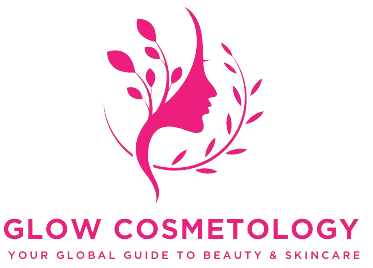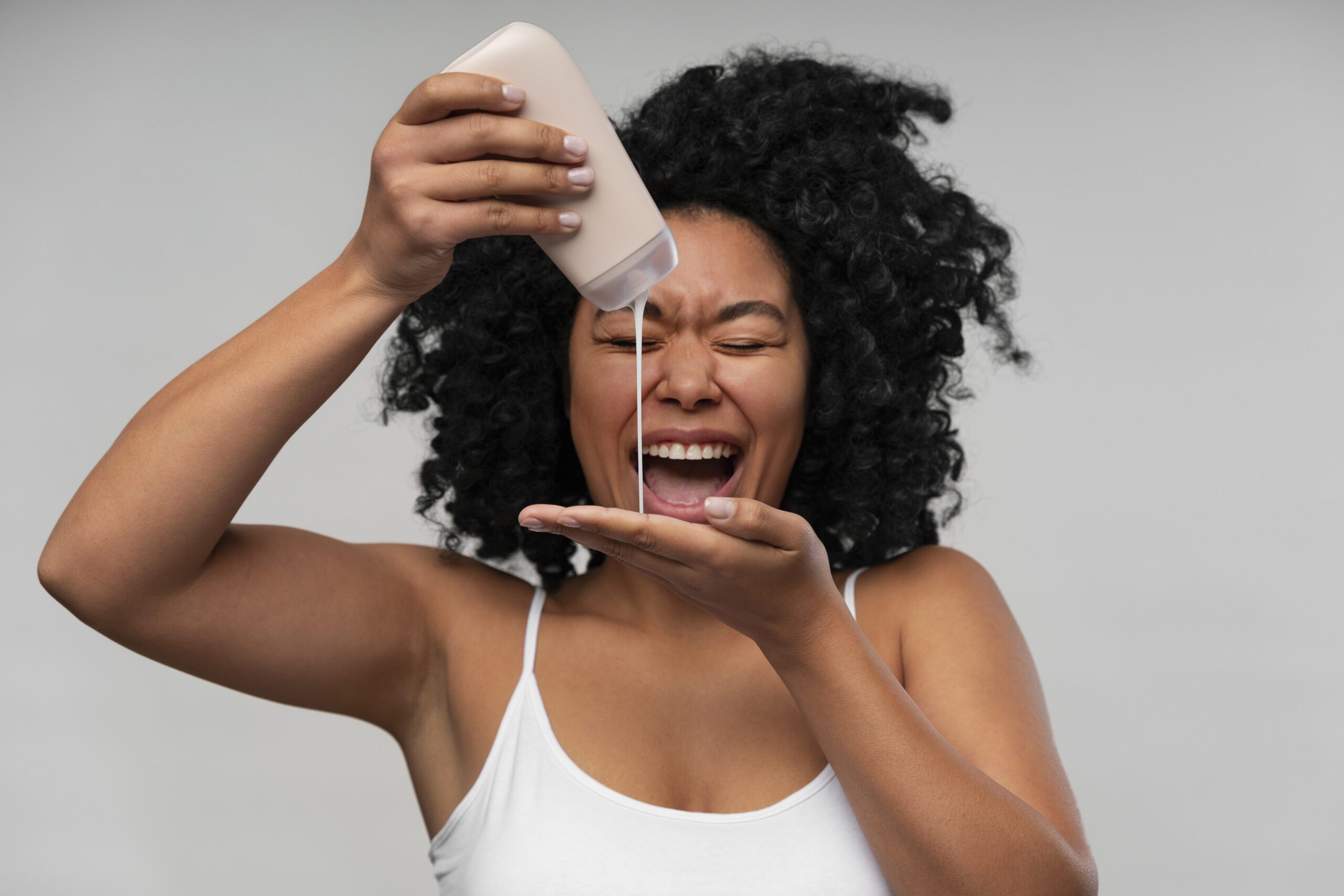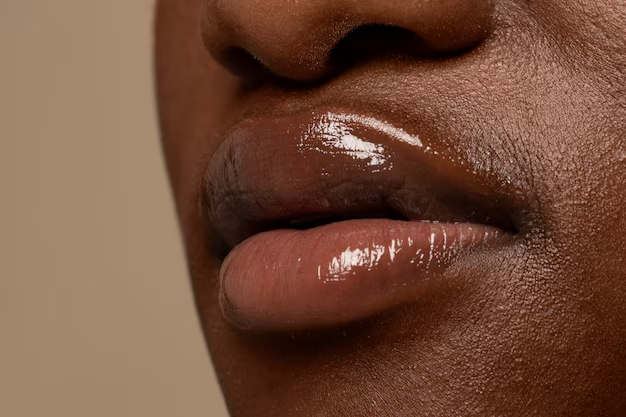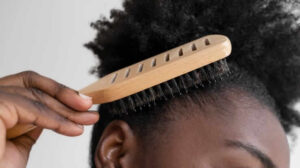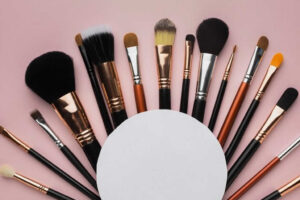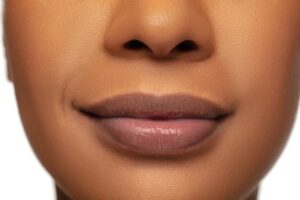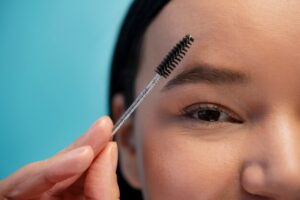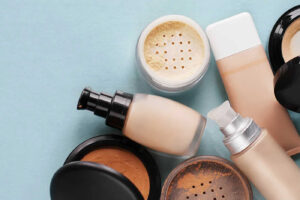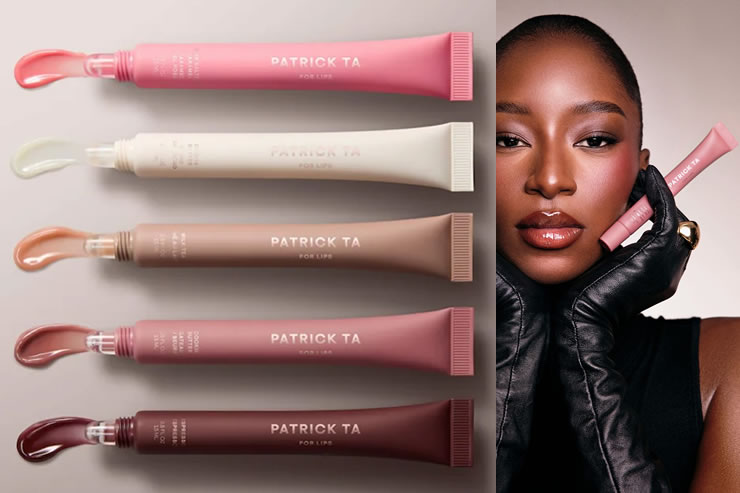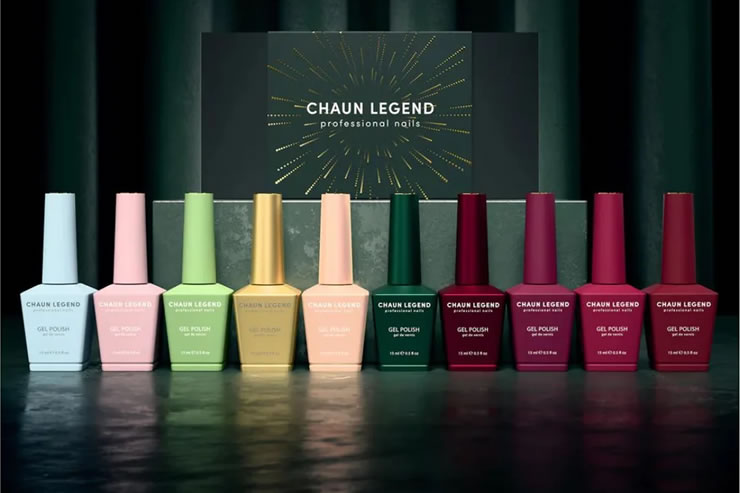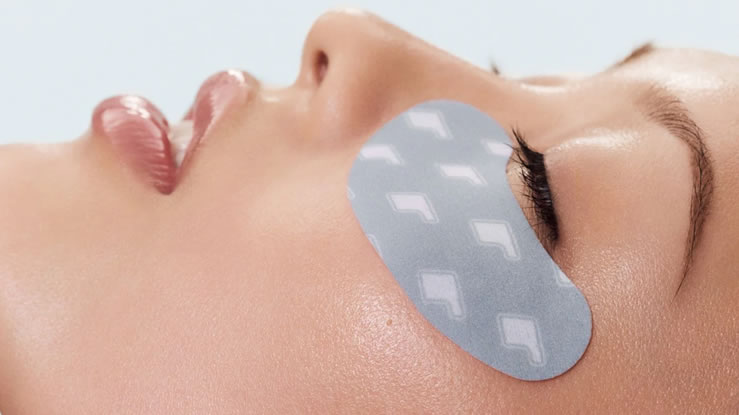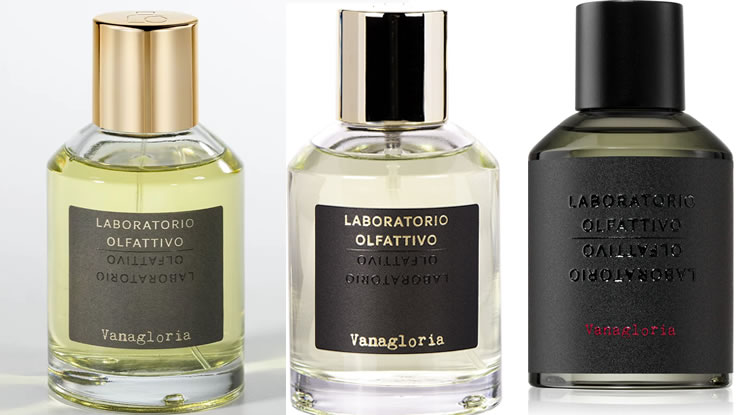Waxing is one of the most effective and long-lasting hair removal methods, but achieving that silky-smooth, irritation-free finish isn’t just about the wax itself it’s about what you do before waxing. Prepping your skin with the right products can make all the difference between a flawless finish and a bumpy, irritated mess. If you’ve ever experienced redness, ingrown hairs, or uneven waxing results, chances are your pre-wax prep was missing a few key steps. In this article, we’ll walk through the best products to use before waxing, why each one matters, and how to properly prepare your skin for a professional or at-home waxing session.
Understanding Why Pre-Wax Care Matters
Before diving into products, let’s talk about why pre-wax care is essential. Wax adheres not only to the hair but also to the skin. When your skin isn’t properly prepped say, it’s too oily, dry, or covered in dead skin cells the wax can’t grip hair effectively. This leads to breakage, irritation, and sometimes even burns. Good pre-wax care helps by removing excess oils and dirt, gently exfoliating dead skin cells, softening the hair for easier removal, creating a protective barrier between skin and wax, and minimizing redness and inflammation afterward. Think of it as priming your skin just as you’d prime your face before makeup.
Step 1: Cleanse the Skin
The first and most crucial step is cleansing. Your skin needs to be free of oils, lotions, sweat, and dirt before waxing. This ensures the wax sticks only to the hair, not to any buildup.
Recommended Cleansing Products:
-
Micellar Water: A gentle yet effective cleanser, great for sensitive areas like the face or bikini line.
-
Antibacterial Cleansing Gel: Helps prevent infection and remove impurities ideal for underarms and legs.
-
Pre-Wax Cleanser: Many professional wax brands offer specific pre-wax cleansers that balance the skin’s pH and prep it for waxing.
Avoid harsh soaps or alcohol-based cleansers they can strip the skin excessively and make it more prone to irritation. Pro Tip: Always cleanse in circular motions and dry thoroughly before proceeding.
Step 2: Exfoliate Gently
Exfoliation is a game changer in pre-wax prep. It removes the dead cells that can trap hair under the skin, helping the wax grab hair from the root. However, you don’t want to go overboard—too much exfoliation can make your skin raw and overly sensitive.
Best Pre-Wax Exfoliants:
-
Sugar Scrub: Natural and gentle, sugar scrubs slough off dead skin without being too abrasive.
-
Enzyme Exfoliator: Uses fruit enzymes (like papaya or pineapple) to dissolve dead cells without scrubbing. Perfect for sensitive skin.
-
Dry Brushing: Improves circulation and exfoliates lightly great for legs and arms.
Exfoliate 24 to 48 hours before waxing. This gives your skin time to calm down while still reaping the benefits of smoother, cleaner skin. Avoid: Exfoliating immediately before waxing it can make your skin too tender.
Step 3: Apply a Light Pre-Wax Oil or Lotion
Once your skin is clean and dry, applying a thin layer of pre-wax oil or lotion can help create a barrier between your skin and the wax. This helps the wax grip the hair better while protecting your skin from direct contact.
Top Pre-Wax Oils and Lotions:
-
Tea Tree Pre-Wax Oil: Soothes the skin and has antibacterial properties to prevent irritation.
-
Coconut Oil (in moderation): Natural, hydrating, and calming. Use sparingly—too much can interfere with the wax.
-
Aloe Vera Lotion: Helps hydrate and calm the skin, reducing inflammation risk.
For hot waxes especially, pre-wax oil prevents the wax from sticking too aggressively to the skin making removal smoother and less painful.
Step 4: Use a Pre-Wax Powder (Optional but Beneficial)
This step is often overlooked but can make a big difference, especially in humid climates. Applying a fine pre-wax powder absorbs excess moisture and sweat, allowing the wax to adhere better.
Best Options:
-
Baby Powder (Talc-Free): A simple, affordable option that prevents wax from slipping.
-
Cornstarch: A natural, non-irritating alternative for sensitive skin.
-
Professional Pre-Wax Powder: Often infused with soothing ingredients like chamomile or zinc oxide for added comfort.
Use a light dusting only too much powder can make the wax ineffective.
Step 5: Skip the Moisturizer and Fragrance
Right before waxing, your skin should be clean and dry no oils, no lotions, no perfumes. These can interfere with the wax and may cause irritation when pores are open. However, hydrating your skin regularly in the days leading up to your waxing appointment is beneficial. Well-moisturized skin allows hair to slide out more easily and reduces the risk of breakage.
What to Avoid Before Waxing:
-
Thick body butters or creams
-
Self-tanners
-
Perfumed lotions or deodorants
Step 6: Exfoliate Regularly (Post-Prep Habit)
Yes, exfoliation is part of both pre- and post-wax care. Regular exfoliation helps prevent ingrown hairs and keeps your skin looking smooth. Continue exfoliating gently 2-3 times per week after waxing to maintain healthy skin.
Step 7: Choose the Right Type of Wax
This isn’t technically a “product before waxing,” but choosing the right type of wax impacts what kind of prep products you need.
Hard Wax: Ideal for sensitive areas like the face, underarms, and bikini. Usually requires pre-wax oil.
Soft Wax: Better for large areas like legs and arms. Works best on dry, clean skin.
Sugar Wax: Made from natural ingredients (sugar, lemon, and water). Requires clean, exfoliated skin but no oils.
Pre-Wax Routine Recap
Here’s a simple routine to follow before any waxing session:
-
Cleanse your skin with a mild cleanser or micellar water.
-
Exfoliate 24–48 hours before waxing.
-
Apply pre-wax oil or lotion lightly, if using hard wax.
-
Dust with powder to remove moisture (optional).
-
Avoid moisturizers and perfumes right before waxing.
This combination ensures your skin is balanced, calm, and ready for a smooth waxing session with minimal irritation.
Common Mistakes to Avoid Before Waxing
Even with the best products, certain habits can sabotage your results. Avoid these common mistakes:
-
Shaving between waxes: It disrupts your hair growth cycle.
-
Using retinoids or exfoliating acids before waxing: These make the skin too thin and sensitive.
-
Waxing when the skin is sunburned or irritated: It can lead to severe burns or scarring.
-
Applying too much oil: This can prevent wax from adhering properly.
Natural Alternatives for Pre-Wax Prep
If you prefer chemical-free beauty routines, try these DIY options:
-
Coconut oil cleanser (followed by a gentle rinse)
-
Brown sugar + honey scrub (for exfoliation)
-
Aloe vera gel (for hydration and soothing)
-
Cornstarch dusting (to absorb sweat before waxing)
These natural options are gentle, affordable, and effective for those with sensitive skin.
Prepping your skin before waxing isn’t optional it’s essential. The right products can transform your waxing experience from painful and patchy to smooth and flawless. Whether you’re heading to a salon or doing it yourself at home, investing in a simple pre-wax routine ensures your skin stays healthy, soft, and irritation-free. Remember: glowing, smooth skin starts with good preparation. Waxing doesn’t have to be painful it just has to be done right.
Related Article
